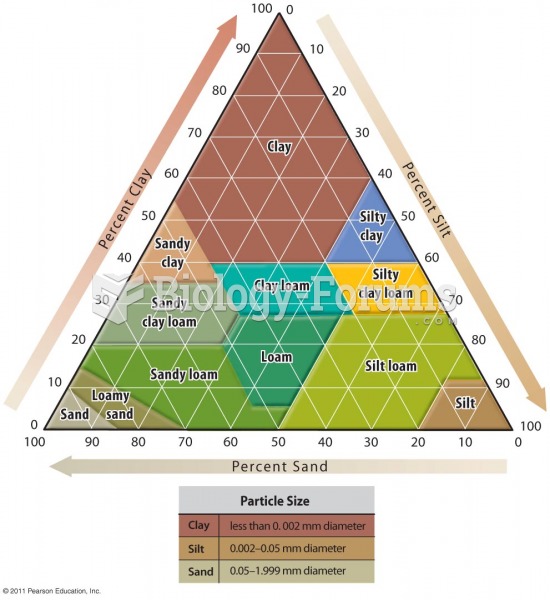|
|
|
Did you know?
Stroke kills people from all ethnic backgrounds, but the people at highest risk for fatal strokes are: black men, black women, Asian men, white men, and white women.
Did you know?
By definition, when a medication is administered intravenously, its bioavailability is 100%.
Did you know?
The average adult has about 21 square feet of skin.
Did you know?
More than 4.4billion prescriptions were dispensed within the United States in 2016.
Did you know?
Each year in the United States, there are approximately six million pregnancies. This means that at any one time, about 4% of women in the United States are pregnant.







